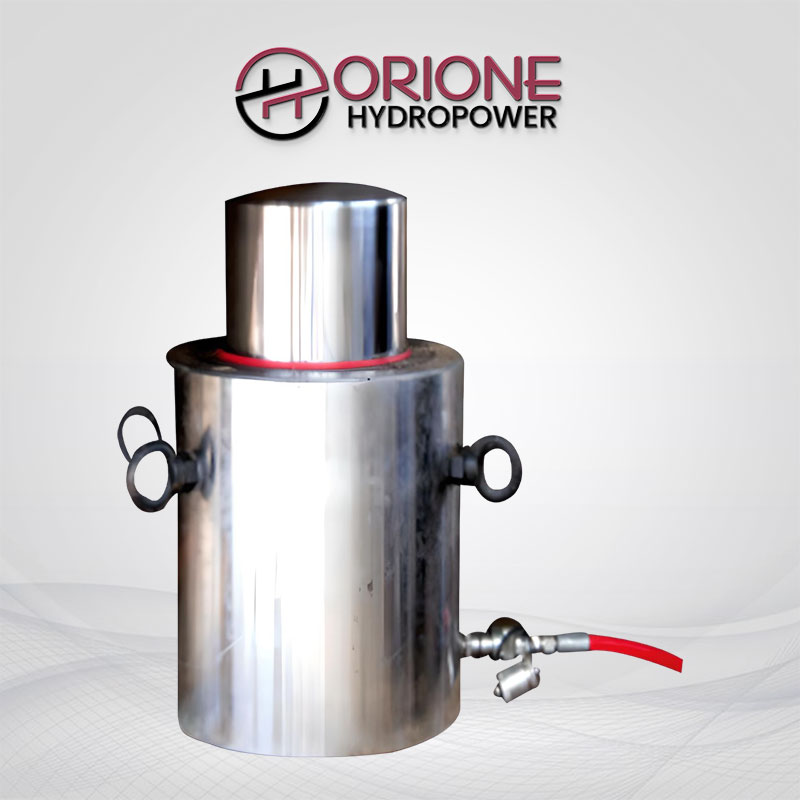Hydraulic jacks are crucial instruments in many sectors for heavy lifting of varied weights. These jacks use hydraulic fluid or oil to move or raise big weights. The fundamental mechanism for delivering force varies depending on the type of jack employed, although it often uses a hydraulic cylinder or a screw thread. These jacks typically feature two different-sized cylinders linked by a pipe.
A plunger is then used to drive hydraulic fluid into the cylinders. When you push the plunger forward, oil enters the cylinder; when you draw the plunger backward, hydraulic fluid enters the pump chamber. The combination of these motions generates sufficient pressure to operate the jack. Continue reading to learn about hydraulic jacks and how to utilize them.
The Process of Hydraulic Jacks
Typically, while utilizing a jack, you plug the metal pumping bar into the equipment socket and pump it. This raises the boom, which then lifts the cargo attached to it. Opening the valve located at the jack’s base will reduce the load. Hydraulic fluid is the primary power source for hydraulic jacks, and pressure is generated by moving this fluid through two cylinders via a plunger.
The two cylinders differ in size, with the larger cylinder creating higher pressure. However, both cylinders will still produce the same amount of pressure. When you slide the pump plunger backward, hydraulic fluid or oil enters the pump chamber for the first time.
This action also opens the valve, allowing oil to move into the chamber. When you move the plunger downward, oil enters the cylinder through the discharge valve. Next, the suction valve closes, producing pressure in the ram. The resultant pressure pushes the piston in the chamber, allowing you to lift a hefty weight. Hydraulic jacks operate moving oil from the pump chamber to the cylinders. You can lift heavyweights higher by repeating these actions.
The Operating Principle of Hydraulic Jacks
Jacks operate on Pascal’s principle. Blaise Pascal, a French scientist, proposed this theory almost 350 years ago, and it has since formed the foundation of fluid mechanics. According to Pascal’s principle, pressure placed on any point of liquid in a container is transferred to all other areas of the liquid without loss. This means that the pressures at the top and bottom of a container will be equal.
What are the different types of hydraulic jacks?
The most popular types of hydraulic jacks are:
Hydraulic Bottle Jack
The bottle jack is the simplest, yet it works best in the most basic conditions. Because of its basic design and modest size, it is suitable for storing in a car trunk or a toolbox.
Hydraulic Wheel Jacks
This is the most frequent jack in the workshop since it can raise all sorts of automobiles, including light and large autos. Because it is a longer jack, it may more readily reach the vehicle’s chassis supports, which are located farther inside the body.
Hydraulic Transmission Jack
A hydraulic transmission jack is essential for removing and installing transmissions. It not only provides excellent stability, but it also helps to secure the transmission.
Hydropneumatic jacks
These jacks combine hydraulics with pneumatics. Despite being the heaviest form of jack, it provides the safety of a pneumatic system together with exceptional strength.
Why does the hydraulic jack’s return speed slow?
Hydraulic jacks have the benefit of being simple to use, saving time and money. Its great efficiency is primarily represented in one aspect: the hydraulic transmission speed is rapid, ensuring that the jack has advantages unrivaled by common mechanical jacks while raising or returning.
Of course, the jack becomes less smooth after extended usage. With increased use duration and frequency of use, various minor issues with hydraulic jacks may arise, such as the jack’s slow return speed, which naturally reduces labor efficiency.
The hydraulic jack’s sluggish return might be due to the following reasons:
First, the status of hydraulic oil has altered under unusual circumstances. For example, severely cold weather increases the viscosity of hydraulic oil, which reduces the fluidity of hydraulic oil, resulting in delayed transmission of the complete hydraulic system, as well as a drop in the return speed of the hydraulic jack.
Second, an issue exists with the jack’s sealing ring. When the sealing ring fails, the jack will leak internally or externally, and the loss of hydraulic oil will inevitably hurt the hydraulic system’s transmission. When the transmission is stalled, the jack’s return speed decreases.
Third, the hydraulic jack’s return stroke involves twisting the pressure relief valve, causing all of the hydraulic oil in the main oil tank to flow back to the oil storage tank. If the pressure release valve is not fully opened, or if contaminants clog the oil circuit, the hydraulic oil will be unable to flow freely back to the oil storage tank.
Any of the above three factors will have an impact on the hydraulic jack’s return speed, thus everyone who uses the jack must do proper maintenance so that the jack may function properly for an extended period of time.
